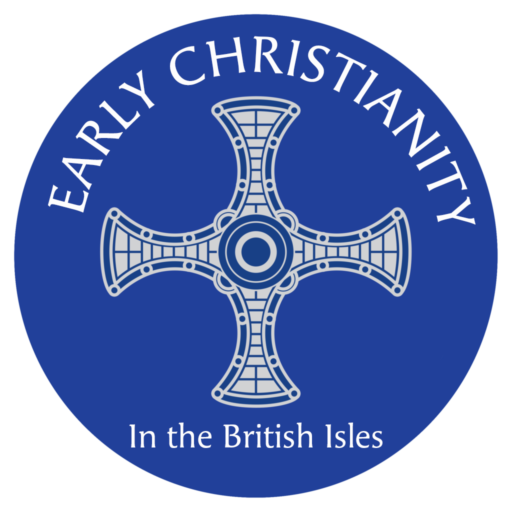Farne Islands

The Farne Islands, a group of about 20 rocky islets off the coast of Northumberland, England, are known for their stunning natural beauty and rich history. These islands are celebrated for their diverse wildlife, particularly seabirds like puffins, guillemots, and terns, as well as a large grey seal colony. Managed by the National Trust, the Farnes are a haven for birdwatchers and nature enthusiasts.
However, the Farne Islands are also steeped in spiritual and historical significance, primarily due to their association with St. Cuthbert, one of England’s most revered saints. Born around 634 AD, Cuthbert became a monk and later the Bishop of Lindisfarne. He was known for his piety, humility, and deep connection with nature, which led him to the Farne Islands seeking solitude and closeness to God.
St. Cuthbert withdrew to Inner Farne, the largest of the islands, around 676 AD, where he lived as a hermit in austere conditions. He constructed a small cell and chapel where he dedicated himself to prayer and contemplation. Despite his seclusion, Cuthbert’s reputation for holiness spread, and people sought him out for counsel and healing.
St. Cuthbert’s time on the Farne Islands is legendary, with many miracles attributed to him, particularly his special bond with animals and birds. It is said that the eider ducks, still found on the islands, were under his protection, earning them the nickname “Cuddy’s ducks.”
Cuthbert passed away in 687 AD on Inner Farne, and his legacy continued to grow, making the islands a place of pilgrimage. Today, St. Cuthbert’s memory lives on in the serene landscapes of the Farne Islands, where his spirit of peace and devotion to nature remains palpable.
